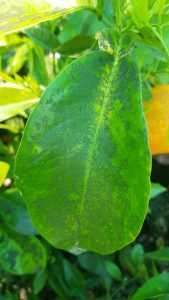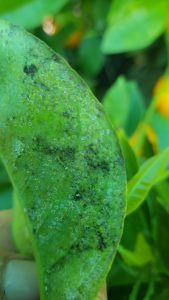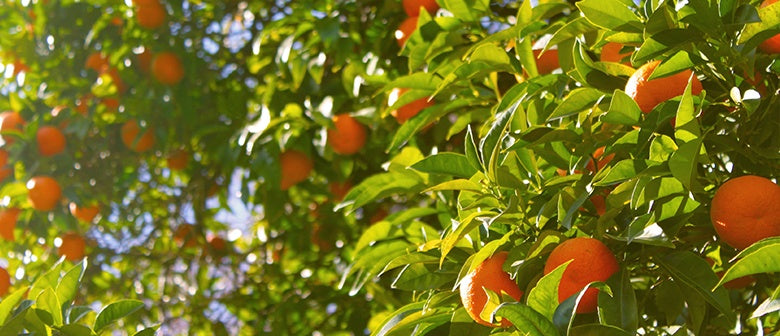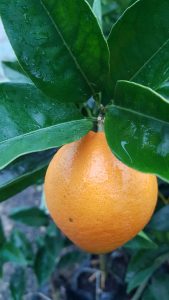Citrus Care and Varieties
It wouldn’t be a kiwi garden without the iconic citrus tree. Every gardener should have one. Easy- peel mandarins and oranges are a favourite with the kids and lemons and limes are perfect in drinks or cooking. They are also highly ornamental in pots. The not- as- popular kumquat looks spectacular in a pot with its highly ornamental small round fruit.
The good thing about citrus trees is they really are perfect for big and small gardens alike and almost anyone can grow one with ease. They are self-fertile meaning you only need one to get lots of fruit.
For those looking to plant a new citrus tree, you just must ask yourself what you want to grow. Do the kids love big juicy oranges or is it lemon and limes for cooking and drinks you would prefer? There is a heap of varieties to choose from so take your time in choosing something right for you and your family. There are two main types of rootstock that the trees are grafted onto if choosing a grafted plant. If you want a smaller tree look for the Flying Dragon rootstock, it will grow a tree to about 2m. For a larger tree of about 3-4m Trifoliata is the rootstock to look out for. The good thing about citrus is that you can grow more than one. You can even create a mini orchard if you want to!
Varieties
A list of some varieties, there are too many to list them all.
Lemon:
- Meyer– This is one I recommend, a great year-round producer of large fruit. Very cold hardy. You will have lemons throughout the year!
- Yen Ben– A hardy lemon with little seeds. Large fruit that are ready to pick mid to late Winter. Perfect for those colds.
- Lemonade– A mild tasting lemon with heavy crops. Harvest from June to August.
Lime:
- Tahitian– A juicy seedless variety, harvest through Winter.
- Bearss– A vigorous growth habit, hardy with seedless fruit. Harvest through Winter.
- Kaffir– This tree isn’t about the fruit, it is about the leaves which are used in Asian cooking dishes.
Orange:
- Navelina– A seedless sweet orange, heavy cropper. Harvest from June to September
- Harwoods Late– Heavy crops of thin-skinned juicy fruit. Harvest November to March.
Mandarin:
- Silverhill- Easy peel juicy and sweet. Cold hardy. Harvest in Winter.
- Miho- Cold hardy, heavy crops. Harvest June and July.
Grapefruit:
- Golden Special- Heavy crops of sweet tangy fruit. Harvest July through to November.
Kumquat:
- Meiwa– Looks stunning in a container. Fruits are great for preserving.
When to plant
The best times for planting is in Spring and Autumn.
Where to plant
Somewhere that receives full sun is an ideal location, they are frost tender especially when young, so a protected spot is best. Citrus are a hungry, hungry plants and require good nutrients so prepare the soil with compost and manure such as sheep pellets before planting. One of the things to consider if you are growing seedless varieties is to be careful if you are growing close to another citrus tree, especially one that flowers at the same time. Cross-pollination can occur and your seedless variety can soon become a fruit filled with seeds.
Planting in pots
If you are a container gardener, you are in luck because citrus can be planted in pots and be very happy. Choose a reasonably large pot, something with a bit of depth and width. Ensure there are drainage holes at the bottom. You will want a good quality potting mix for citrus. When planting citrus in pots the most important thing will be monitoring that the plant is being well- watered especially during Summer. Citrus does like a good drink and don’t like to dry out. Feed with citrus fertiliser in spring and again in Summer. Get something that is container friendly, a long-term citrus fertiliser. Feed with a certified organic liquid fertiliser every fortnight. Citrus in pots makes a great statement! You also have the added benefit of being able to move it around when needed.
Maintenance
Citrus requires little maintenance once established. You can prune to keep the shape of your tree looking appealing and to allow airflow and more sunlight to get through. This will help with disease prevention. Keeping your plant healthy means fewer bugs and fewer diseases so feed regularly throughout the growing season. Foliar spray with a certified organic liquid feed while the plant is young.
Common pests and problems
Yellow leaves: Citrus is sitting in too much water- you may not have good drainage in the soil. Adding compost and organic matter will help improve drainage. Try re-planting somewhere else or amend the soil.
Yellow leaves with green veins: Your tree is hungry. Feed with citrus fertiliser- this will also help boost fruit production.
Sooty mould: Many people struggle with this black coating on the leaves. It simply means you have an insect infestation and the best thing to do is spray for insects. Spray with an insecticide such as Enspray 99 (a certified organic oil-based product). The sooty mould will soon disappear afterwards.
Scale, aphids, mealy bugs and other sap-sucking insects: The evidence of insects will be evident in seeing them, mottling and marks on the back of leaves or small white fluffy patches on plants. Spray with Enspray 99 (certified organic) or other insecticides. Be careful not to spray in the heat of the day
Citrus Scab Verrucosis and other fungal diseases: The fruit can develop scab-like markings on them. Leaves can become curly. The best way to treat fungal diseases is by spraying a liquid copper.



















